Building Highways in the Lower Skies
NASA’s urban air mobility airspace architect is looking into the considerations of flight safety management for large drones, copters and urban air taxis. The future urban air mobility market is attracting huge investments from the automobile and aviation industries, with companies such as Toyota, Honda, Airbus, Boeing, Jet Blue and Uber, and even the U.S. military, through the Air Force’s Agility Prime program, set to take to the skies with new hybrid or electric vertical takeoff and landing (VOTL) aircraft. NASA itself is pursuing the X-57 Maxwell all-electric aircraft with 12 small electrical engines. The potential onslaught of passenger-carrying unmanned and manned VOTLs flying in urban environments presents all sorts of safety factors, issues the NASA Aeronautics Research Mission Directorate’s Advanced Air Mobility (AAM) mission is investigating, says David Zahn, principal investigator for the AAM National Campaign.
A former Army helicopter pilot, Zahn has three main roles at NASA: a principal investigator (PI) assisting with NASA’s so-called NC-1 testing, its first full phase of AAM testing; a NASA liaison with the Federal Aviation Administration; and a test pilot. Insights from these roles paint a picture of what is to come with VOTLs—the ability to take off and land on a greater variety of surfaces and having nontraditional pilots or autonomous flight—and why rules of the sky are needed.
“I was the first one to stand up this area for the NASA side, that prescribed path realm for airspace architecture, and as a PI, I’m responsible for management of the safety of the flight,” Zahn explains. “At the end of the day, I build highways in the sky. And so, it is kind of all work related to that, those on and offramps to climb and descent to various airports or landing surfaces and then the rules of the road, when we are looking at signs or yields or even soft lights to provide a very coordinated predetermined structure. What we want to do is to take this free form of flight and provide rules that will allow us to safely scale these UAM [urban air mobility] models [in cities] and to accelerate them.”
Given that urban air mobility will be a close cousin of current air travel, NASA has asked Zahn to liaison with the Federal Aviation Administration. His personnel is integrated with theirs at the Mike Monroney Aeronautical Center in Oklahoma City, the Federal Aviation Administration’s largest facility with 7,000 people. “We range from air traffic control, training and standardization and accident investigation, terminal procedure design, radar, repair, inspection,” he shares. “I also serve as a test pilot for our simulators, for our air crew and our aircraft. I fly helicopters to baseline some procedures or look at handling qualities or flight controls, different inceptor mapping services or landing surfaces that are very nontraditional.”
In the rapidly growing world of urban air mobility, the aircrafts may come in many shapes and sizes, and NASA has to think about an airspace architecture that will serve any of them. “When you look at the UAM vehicles, there’s currently about 300 designs,” he says. “They are bucketed into three or four areas. The turbo electric quadcopter is basically a large drone, then you’ll have a distributed electric lift-plus-cruise model, like the Joby aircraft that has translating rotor systems that allow it to hover, then you have inducted fans, and then we have traditional rotor craft type vehicles.”
While other PIs in the AAM mission are examining the vehicles, propulsion systems, battery reserves, aerodynamics, performance capability and necessary skyway infrastructure such as lighting, Zahn is drafting airspace procedures that some VOTL proponents argue are not needed. Zahn, however, wants to prevent a wild, wild west atmosphere in the skies.
“I am looking at air space integration and how do we put these vehicles safely onto the NAS [National Airspace System] and how we flight-follow them and then how we manage them from an air traffic control perspective. At NASA, we all are looking at on-demand mobility or a ubiquitous travel mode where people are taking off and landing anywhere. If we’re going to enable that, we want to look at if there is an electrical grid nearby, for example. We have to do surveys and determine what the spatial data is on those landing surfaces and what the security would look like for an autonomous port. And then we have an acoustics side. They are looking at noise abatement and acoustics signatures for community acceptance. Helicopters are very loud and noisy, and these vehicles are supposed to be very quiet, so we want to look at what would be the threshold of them flying over someone’s house over and over again.”
With traditional air travel up to 30,000 to around 40,000 feet in altitude, there has not been much need for under-terrain sensing or mapping. With VOTLs, however, there is a much greater need, Zahn explained. “When I look at routing, we have never really thought about the terrain underneath us other than the vertical obstructions in the altitude profile,” he says. “Now, we’re going to look at the zoning of that terrain, whether it is agriculturally zoned areas or commercial or residential areas. We may not want to fly over those areas as often as we would an agriculture area, for example.”
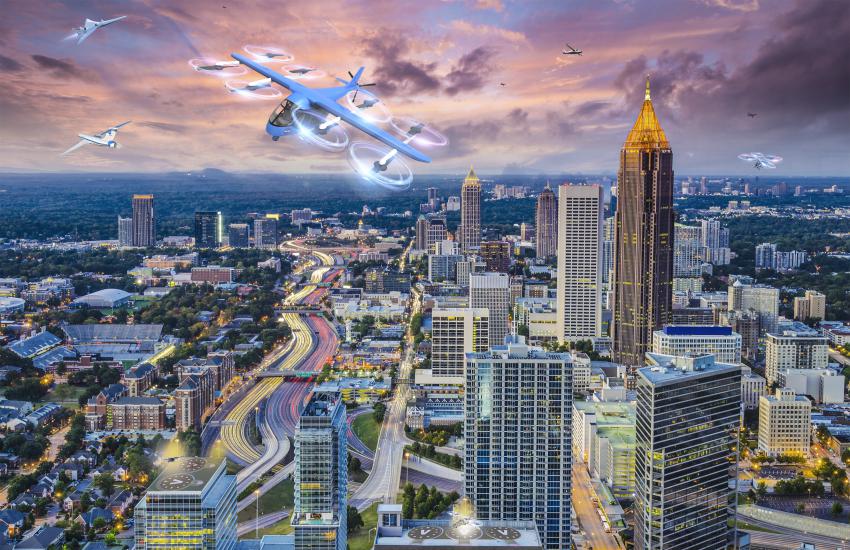
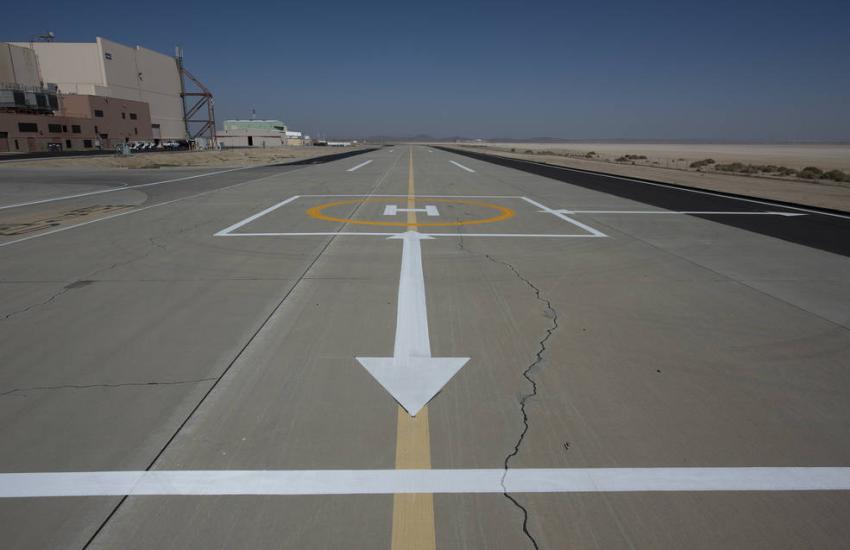
The NASA official estimates that VOTLs will fly around 500 to 3,000 feet in altitude in urban environments. “It really will depend on the use case and the airspace,” Zahn says. “Some initial efforts into UAM have corridors, with a 1,500-foot altitude and a 150-knot maximum airspeed. Some people want to fly lower, like 500 feet. Some people want to fly in the IFR [Instrument Flight Rules] structure at 3,000 feet. I’d say it’s anywhere from 500 feet to 3,000 feet in an urban environment is what we are looking at.”
So far, the NC-1 testing officials have seen some initial success with various skyway constructs. “We baselined a lot of our theories and assumptions in the Mohave Desert with NASA Armstrong just north of Edwards Air Force Base,” Zahn shares. “We were able to utilize that lakebed [Rogers Lake] and build six discrete vertiports. Even though some of them were close to each other, we were still able to look at the coding required to fly to and from a landing surface. We looked at the climb and descent gradients from those landing services and then we looked at the holding patterns and what the routing would look like. And we did that just with a helicopter.”
The challenge of this research, Zahn says, “is the cart before the horse” issue.
“We definitely have a circular research problem,” he emphasizes. “Traditionally, aviation has introduced only one technology at a time. We introduced flight first and things were flying, and people were flying. Once we had a stabilized technology, we introduced air traffic management. Then we introduced jet engines, so things were going faster. Then we introduced radar, then GPS, then flight plans and highways in the sky. This time, we are simultaneously introducing new vehicle technologies with new airspace management techniques. And this is very interesting because we don’t have the actual vehicle capabilities to baseline some of the airspace architecture around. We’re trying to estimate ‘what can they do,’ and ‘how long can they do that,’ and ‘how accurately can they adhere to this’ and then build the air traffic management around that.”
Zahn envisions an airspace architecture that combines the pilot/controller’s role and air traffic management into one comprehensive system.
“In this new airspace in the future, I think that we start augmenting rules with a human in the loop,” he ventures. “I don’t think we’ll ever take a human out of the loop; we will never be outside of any operation. In our current IFR environment, a pilot executes a procedure that was authorized by an air traffic controller, but neither of those individuals dynamically deconflicted that airspace—they merely execute a procedure that was built years in advance. What I want to do is automate that terminal procedure designer, that third leg to the stool. When we look at dynamic routing, I want to be able to automate the terrain, the vertical obstruction evaluation, time/slice weather, TFRs [temporary flight restrictions] and produce a procedure that a pilot or controller can execute.
“This area research is very unique,” Zahn adds. “I’m not focusing on the pilot or the cockpit. I’m not even focusing on the air traffic control tower. I am focusing on the procedures that they both will execute.”
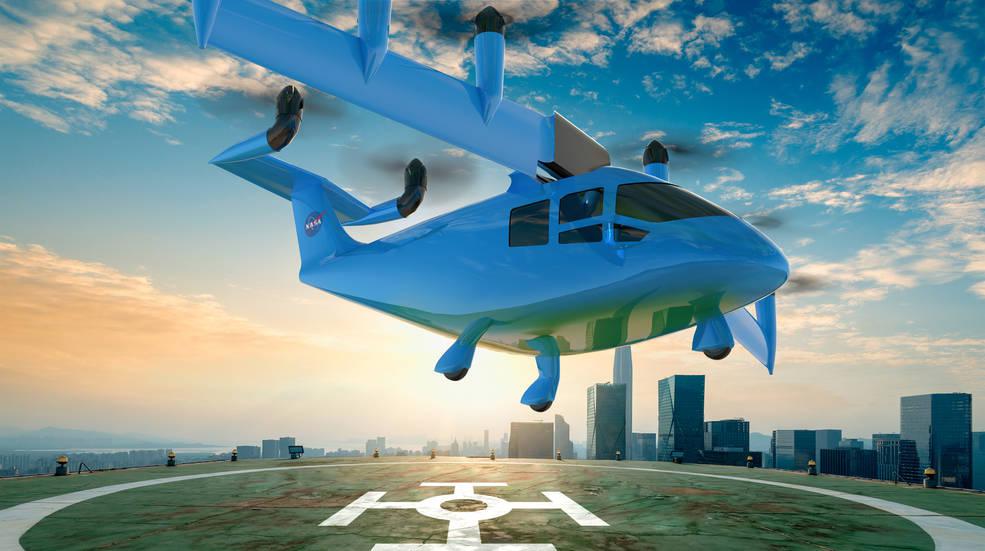
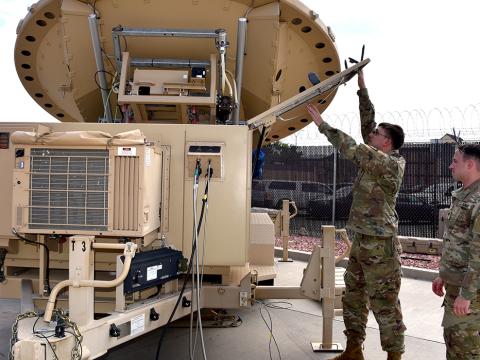
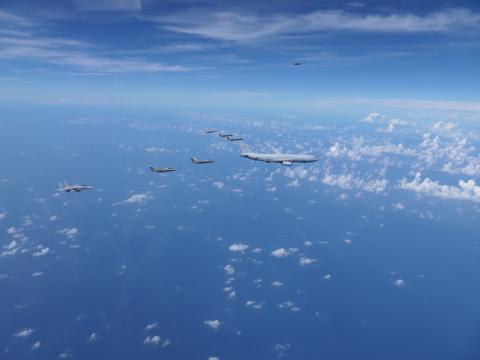
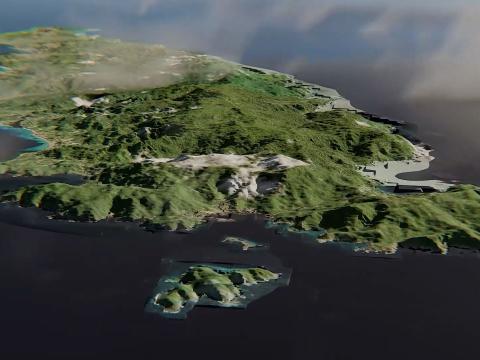
Comments